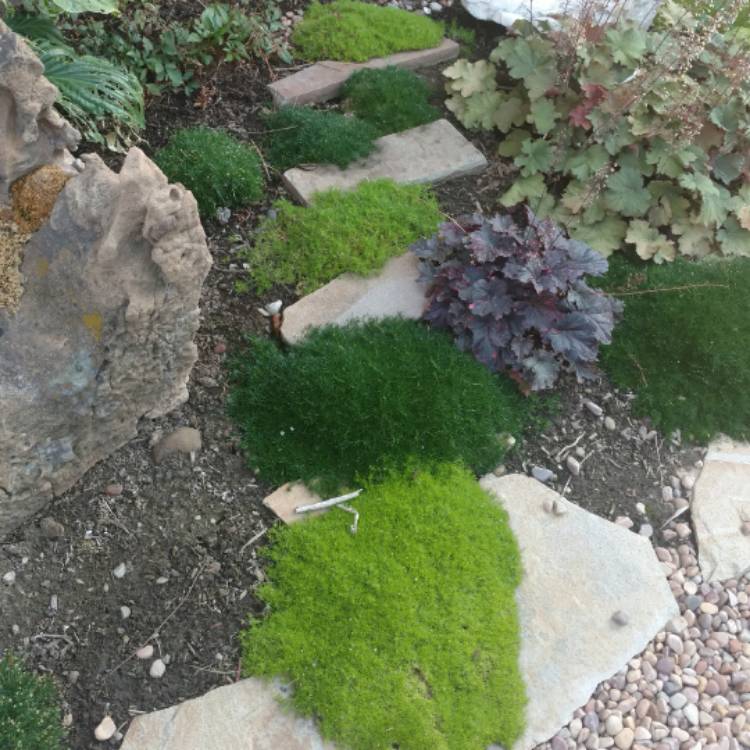Using lime to control moss in your lawn can be an effective approach, but it’s important to understand how lime works and when to use it. Lime can help combat moss by altering the soil’s pH and creating conditions less favorable for moss growth. Here’s how lime can help:
1. Adjusts Soil pH:
- Moss often thrives in acidic soil conditions, typically with a pH below 6.0. Lime is an alkaline substance that raises the pH of the soil, making it less acidic. This adjustment makes the soil less hospitable to moss and encourages the growth of grass and other plants.
2. Promotes Grass Growth:
- Lawn grasses generally prefer a slightly alkaline to neutral pH range (around 6.0 to 7.0). By increasing the soil’s pH with lime, you create an environment where grass can flourish and outcompete moss.
3. Enhances Nutrient Availability:
- Lime’s pH adjustment can also improve the availability of essential nutrients for grass. Moss tends to thrive in nutrient-depleted soils, but when the soil pH is in the right range, grass can access the nutrients it needs to grow vigorously.
4. Reduces Moss Competition:
- Moss and grass often compete for the same resources, such as water and nutrients. By creating conditions more favorable to grass growth, you limit the resources available to moss, making it less competitive.
When to Apply Lime:
- The best time to apply lime for moss control is typically in the late winter or early spring, before the grass begins its active growth phase. This timing allows the lime to take effect and improve soil conditions before the growing season.
How to Apply Lime:
- Soil Test: Before applying lime, it’s essential to conduct a soil test to determine the soil’s pH and the amount of lime needed. This will help you calculate the right quantity of lime to apply.
- Choose the Right Type of Lime: There are two common types of lime: calcitic lime and dolomitic lime. The choice between them depends on your soil’s magnesium content. Dolomitic lime contains magnesium and is suitable for soils that are both acidic and magnesium-deficient, while calcitic lime is used for soils that only need a pH adjustment.
- Apply Lime Evenly: Use a broadcast spreader to apply the lime evenly across the lawn. Ensure that the lime particles are distributed uniformly to avoid creating areas with excessively high pH.
- Water the Lawn: After applying lime, water your lawn to help the lime penetrate the soil and initiate the pH adjustment process.
- Monitor the Lawn: Keep an eye on your lawn’s progress. It may take some time for the effects of the lime application to become apparent. As the pH of the soil changes, you should see reduced moss growth and improved grass health.
It’s worth noting that while lime can help control moss, it may not completely eliminate it, especially if other factors like excessive shade, poor drainage, or compacted soil are contributing to moss growth. Addressing these issues in combination with applying lime will give you the best results.
In conclusion, using lime to control moss in your lawn can be an effective and environmentally friendly approach. By adjusting the soil’s pH, lime creates conditions that are less conducive to moss growth while promoting the health of your grass. However, it’s important to apply lime properly, at the right time, and in the right quantity, based on the results of a soil test.


